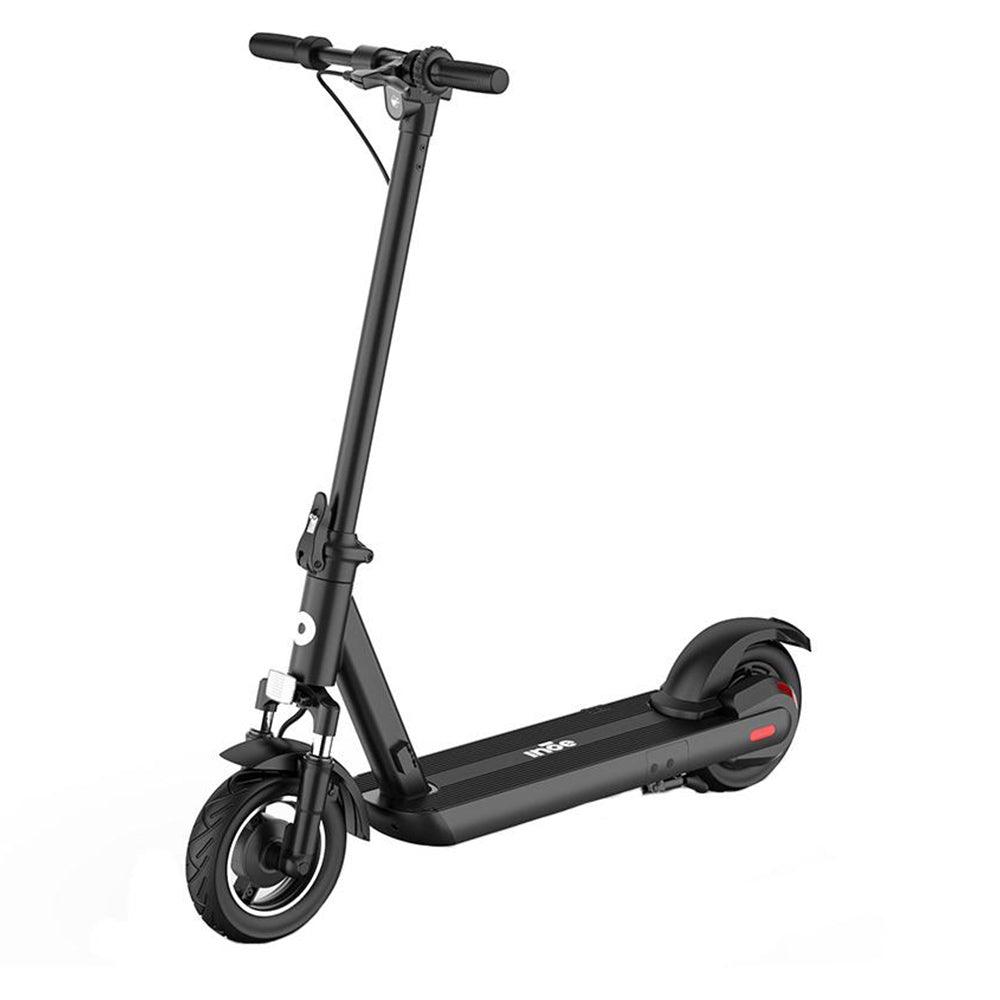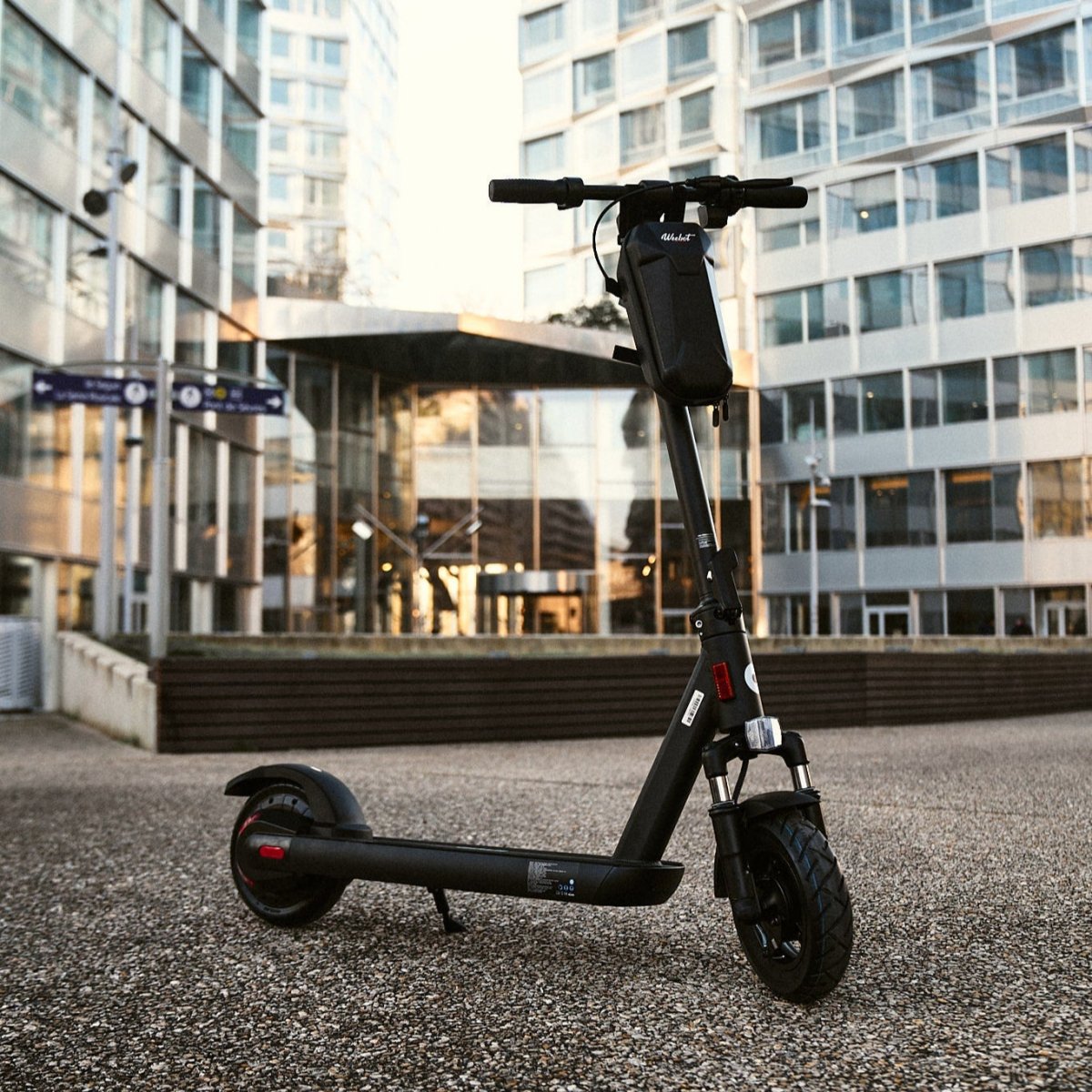Nowadays, electric scooters have become part of our daily lives. They replace walks, drives and even public transport, whether it is a long journey or a simple round trip. However, his conduct remains very controlled. Before taking a scooter in hand, it is essential toknow the standard speed regulations to ride safely and legally or risk being penalized. Weebot tells you more!
What does the law say?

Riding a scooter is not synonymous with breaking the rules. As drivers, you will be asked to obey the law. But what laws will you have to face? Weebot tells you more!
What is the maximum speed allowed for an electric scooter?
The power of the electric motor of an electric vehicle is expressed in watts. Therefore, the power of your engine defines the speed at which you can travel in town. While the battery power defines the range of your vehicle.
What is the maximum speed allowed for an electric scooter? The law is clear on this subject: in built-up areas, scooters must not exceed a speed limit of 25 km/h. They are also required to ride on a cycle path. /strong> If you do not have cycle paths, you will therefore have the authorization to ride on the road on which the maximum authorized speed is 50 km/h.
Please note that, unless authorized by the mayor of your city, it is not possible for you to ride on the sidewalks with your electric scooter. You can only ride there if your engine is off and a maximum speed of 6 km/hin order not to harm the safety of any pedestrians.
You should also know that the speed of electric scooters strongly depends on the model. Indeed, if you opt for a scooter from the Minimotors range like the Dualtron Thunder, the movement of your vehicle will be much more controlled because it will be considered as a moped. As a user of powerful scooters you will therefore have to face many more prohibitions and will have to be careful to respect the Highway Code when going to your work. Even with a new scooter model, you will not be able to ride on sidewalks or pedestrian crossings.
What penalties do you risk for non-compliance with speed regulations?
As you now know, the electric scooter has a maximum speed of 25 km/h in built-up areas. If you do not respect this speed limit, you are subject to the penalties set out below:
- If you drive on a sidewalk with the engine running at more than 6 km/h, you will be fined €135.
- If you ride on the road when you have a cycle path nearby, you risk a fine of €135.
-
In 2019, Minister Elizabeth tightened regulations regarding electric vehicles. Thus all parking of motorized personal transport vehicles is prohibited under penalty of risking a fine of 135 euros.
- If your scooter is not up to standard (not approved and unrestrained) when you are riding on a road or a cycle path, you will have to paya fine of €1,500. strong>
- If you do not have insurance for your electric scooter, you are exposed to a fine of €3,750.
To avoid being overwhelmed by fines, we recommend that you find out more before purchasing electric scooters.
Drive your electric scooter while being compliant

Before riding your scooter, you will need to follow a certain number of rules. By not respecting them, you risk jeopardizing your safety and that of others. Worse yet, you may be fined. Weebot gives you advice on how to ride while being compliant.
Do you have to insure your electric scooter?
Like many means of transport, insurance is often compulsory to protect the driver and their vehicle in the event of an accident. This is also the case for an electric scooter. It is best to be covered by civil liability insurance. This will allow you to avoid additional charges in the event of injury, theft or even accidents.
We remind you that without insurance, driving your vehicle exposes you to a fine of €3,750. To prove that your vehicle is indeed insured, you will have to stick a sticker on the guard - mud from your scooter, making sure that it is as visible as possible.
Do you need a license to drive an electric scooter?
According to the Highway Code, it is entirely possible for you to ride an electric scooter without having a license. However, it is recommended to have knowledge of the Highway Code , in order to avoid possible accidents.
In fact, a large proportion of accidents are often linked to driving electric scooters. These accidents are not necessarily linked to driving without a license but rather to difficult coexistence between scooters and civilians on sidewalks and roads.
Regulations related to the use of the electric scooter
As you will have understood, to be able to ride an electric scooter, you will have torespect the speed limits but also a certain number of rules so as not to put your safety and that of others in danger:
- It is strongly recommended that the driver wear a retro-reflective vest. This will allow you to be seen by other drivers more easily.
- A horn or bell is also an important elementto be able to make yourself heard by civilians.
- An electric scooter is only made to be driven by a driver. Being two people on the vehicle is prohibited.
- As for a motorist or a pedestrian, be sure to respect the traffic lights once you have your two wheels in hand.
- Do not drive withearphones or headphones: you must be totally focused on the road.
- It is strongly recommended to wear a helmet, gloves, knee pads and wrist guards for your safety on the road.


Some exceptions to take into account
Although scooter riding is very controlled. Regulations may vary depending on where you ride as well as the vehicle you own.
Different speed regulations depending on your city

Depending on your place of residence, many elements may differ and will need to be taken into account. Some cities have implemented specific laws for driving electric scooters in their municipalities.
For example, if you ride a scooter in Paris, Anne Hidalgo has limited the maximum speed of an electric scooter to 20 km/h. You will also be unable to park on the sidewalks or roads of Paris . These laws were put in place to ensure the safety and mobility of Parisian pedestrians.
We therefore recommend that you find out about the regulations in force in your municipality regarding the use of electric scooters.
Scooters faster than the authorized average
Although the law does not allow electric scooters to exceed a maximum speed of 25 km/h, some models defy speed regulations.
Indeed, even if most scooters on the market are limited to 25 km/h , certain more powerful and faster models have been created for speed enthusiasts.
You will therefore be able to easily find models reaching between 30 and 100 km/h. These models are more expensive but also better equipped. Very efficient, they are also often suitable for all types of roads. This type of two wheels is, however, more dedicated to those accustomed to electric scooters.
FAQ
What is the maximum speed allowed for an electric scooter on the road?
The maximum speed authorized for an electric scooter once on the road is 25 km/h. Beyond this limit, you risk a fine of up to €3,750 if you do not have insurance.
How to increase the speed of an electric scooter?
Although it is not recommended to do so, you can increase the speed of your scooter. To achieve this, several methods are possible. The most common being to acquire a unclamping kit which allows you to manually increase the speed of your vehicle.
Conclusion
Nowadays, there are many electric scooters on public roads. However, like every means of transport, the scooter is subject to laws put in place by the Highway Code. Indeed, to travel safely and legally, it is still essential to respectmaximum speed limits not to be exceeded.These are very closely monitored because if they are not respected , the driver will have to face sanctions.

